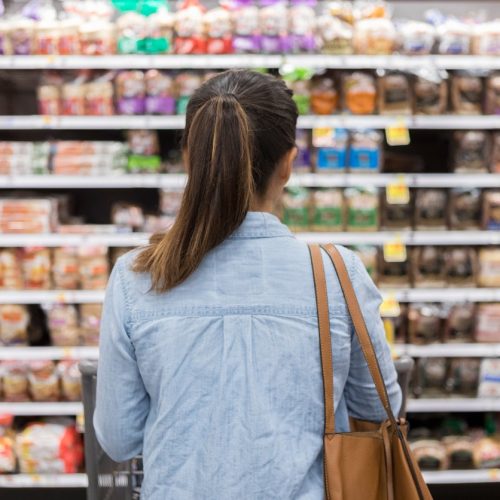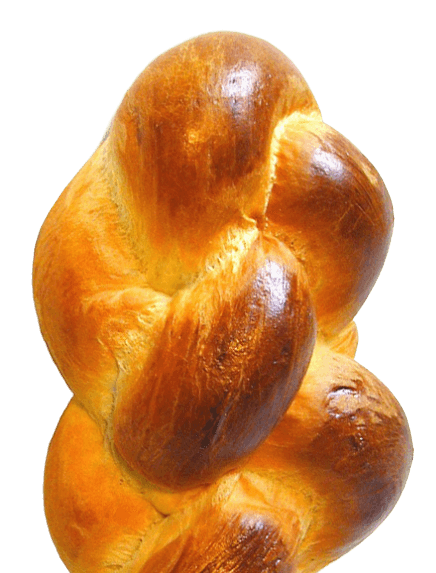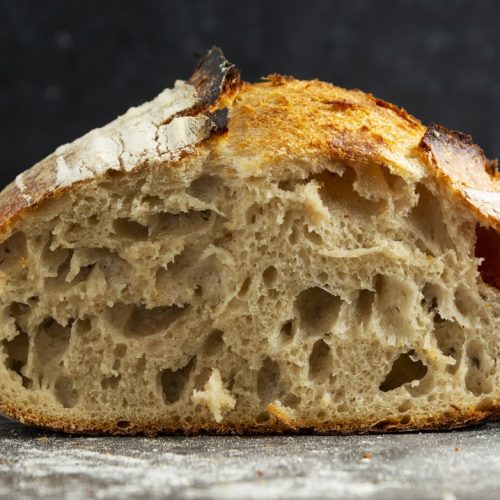Read Our Blog

The Truth About Sourdough: How to Spot Real Sourdough Bread in Grocery Stores
Sourdough has become a buzzword in the world of bread, and for a good reason. Real sourdough bread, Stone House Sourdough for example, is made through a natural fermentation process, is known for its rich flavor, easier digestibility, and higher nutritional value. However, not all “sourdough” breads in grocery stores live up to this reputation. Some brands use misleading labeling, claiming their bread is sourdough when, in reality, it doesn’t go through the proper fermentation process. Let’s dive into why this matters and how you can spot the difference.
What Makes Real Sourdough So Special?
Real sourdough is made using a natural starter, a mixture of flour and water that has been fermented over time to develop wild yeast and beneficial bacteria. This fermentation process, often lasting 24 hours or more, breaks down gluten and phytic acid in the flour, making the bread easier to digest and allowing your body to absorb more nutrients. At Stone House Bread, we use the long fermentation process making our breads the best organic sourdough available in many grocery stores.
The long fermentation also gives real sourdough its characteristic tangy flavor and chewy texture. It’s not just a taste preference; it’s a mark of quality and health.
The Problem with “Fake” Sourdough
Unfortunately, some breads in grocery stores claim to be sourdough but cut corners by adding a sourdough starter to a standard dough without allowing the necessary time for fermentation. This shortcut might give the bread a slight sour flavor, but it doesn’t provide the same health benefits as genuine organic sourdough.
These so-called sourdough breads might rise quickly with commercial yeast, lacking the natural fermentation process that makes real sourdough so special. As a result, they miss out on the health benefits that come from slow fermentation, including better digestibility and enhanced nutrient absorption.
How to Spot the Real Deal
When shopping for organic sourdough, here are a few tips to ensure you’re getting the real sourdough:
- Check the Ingredients: Real sourdough should have a short ingredient list —usually just 4-5 items for example – flour, water, and salt. If you see yeast or a long list of ingredients, it’s a sign the bread may not have undergone proper fermentation.
- Look for “Organic” and “Long Fermentation”: Brands like Stone House Bread take pride in fermenting their organic sourdough for over 24 hours. This long process is key to producing healthy, authentic real sourdough.
- Read the Label Carefully: Some brands may use marketing terms like “sourdough flavor” or “sourdough style.” These are red flags that the bread may not be real sourdough.
- Consider the Source: Breads from artisan bakeries, especially those that emphasize organic ingredients and traditional methods, are more likely to be authentic than mass-produced loaves from big brands.
Why Choose Stone House Bread?
At Stone House Bread, we’re committed to making the best organic sourdough the right way. Our organic sourdough breads are fermented for over 24 hours, allowing the natural processes to fully develop, resulting in bread that is not only delicious but also nutritious. We believe that real sourdough should be made with care, using only the best ingredients and traditional methods.
When you choose Stone House Bread, you’re not just buying a loaf of bread; you’re investing in your health and supporting a tradition of artisanal baking that respects the time-honored methods of sourdough making. That’s why we confidently say that the best organic sourdough in the Midwest is Stone House Bread.
Conclusion: Don’t Be Fooled by Fake Sourdough
Not all sourdough is created equal. Next time you’re in the grocery store, take a moment to scrutinize the label and make sure you’re getting real sourdough. Your body—and your taste buds—will thank you.
For those who value genuine, nutritious bread, Stone House Bread offers the quality and authenticity you deserve. Choose real sourdough. Choose the best organic sourdough in the Midwest. Choose Stone House Bread.




